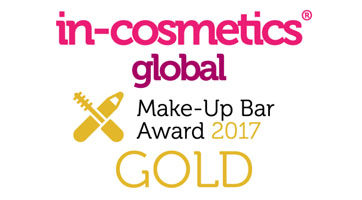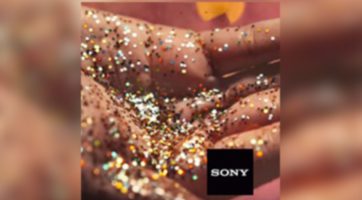Does Bioglitter™ dissolve in water, would that not be a good thing?
No Bioglitter™ does not dissolve in water. Microorganisms found in the natural environment are needed to digest Bioglitter™ and transform it into harmless substances; carbon dioxide, water and biomass. No microbes = No biodegradation Dissolving and biodegrading are completely different. Something that dissolves does not go away, it’s still there in the water, it just […]
Read More


